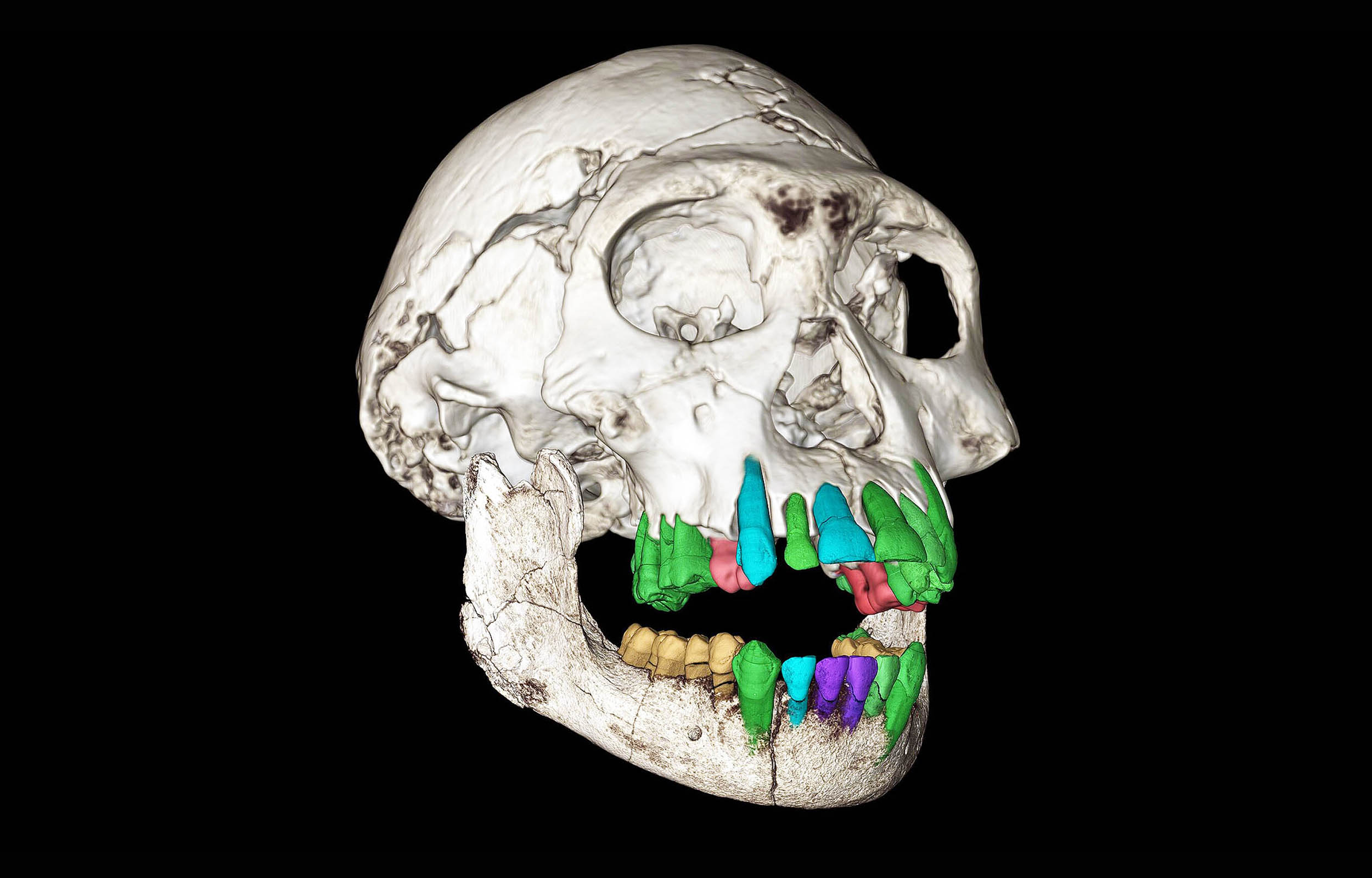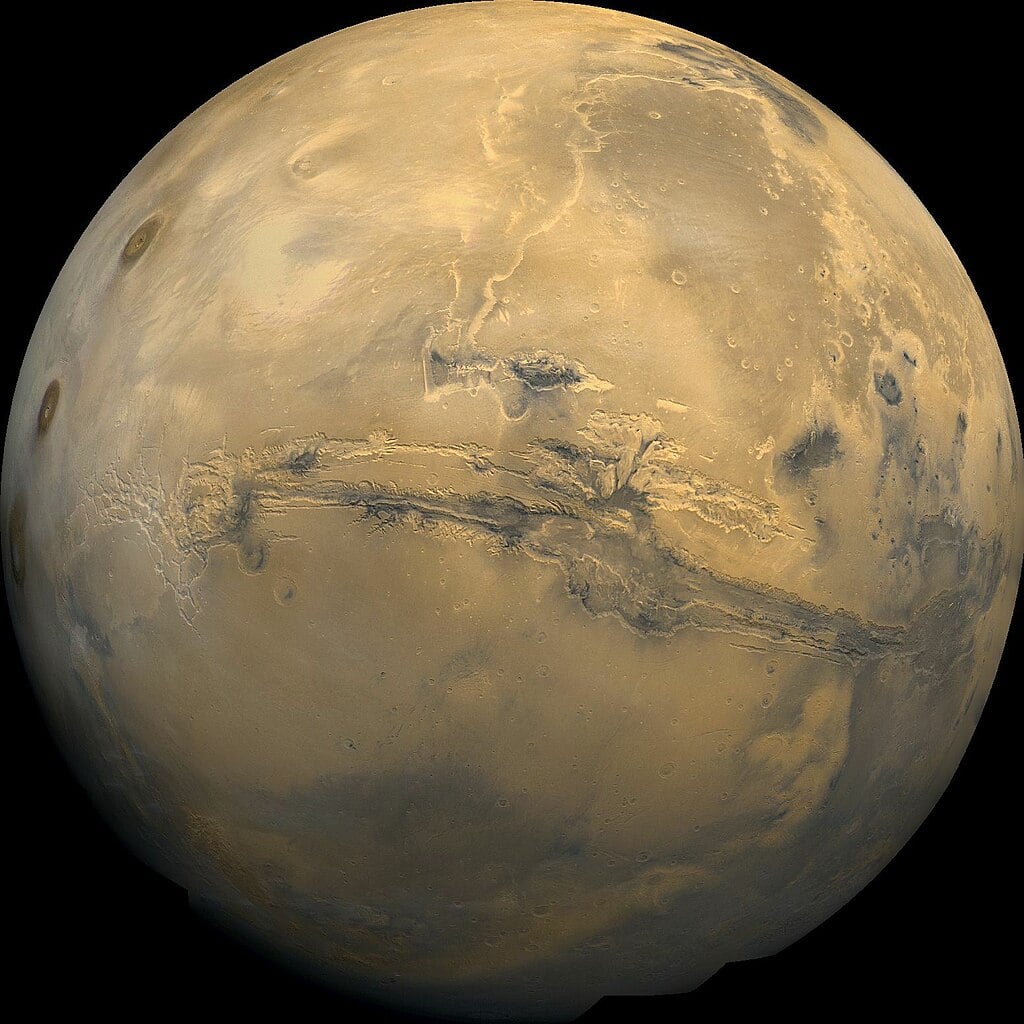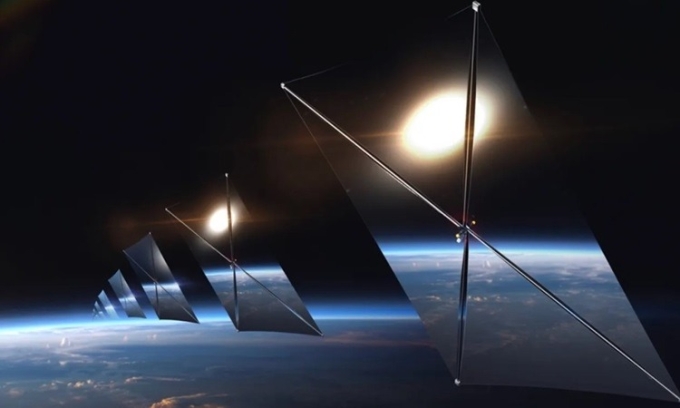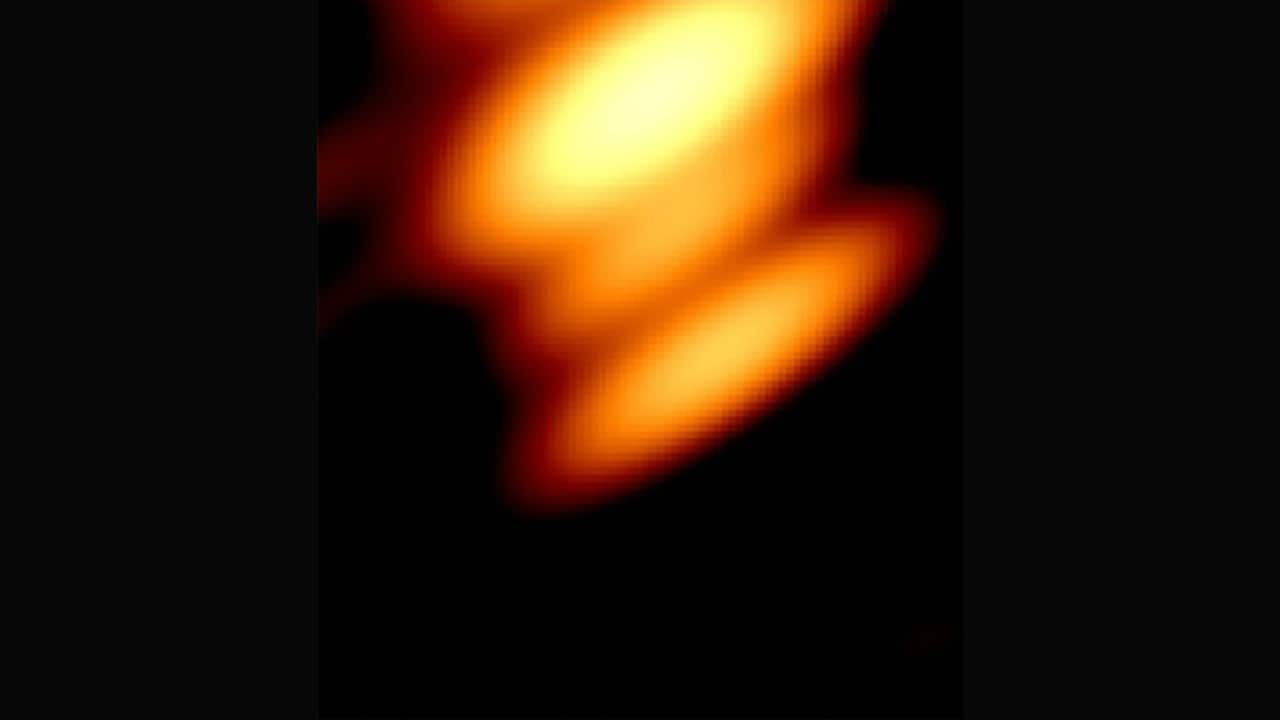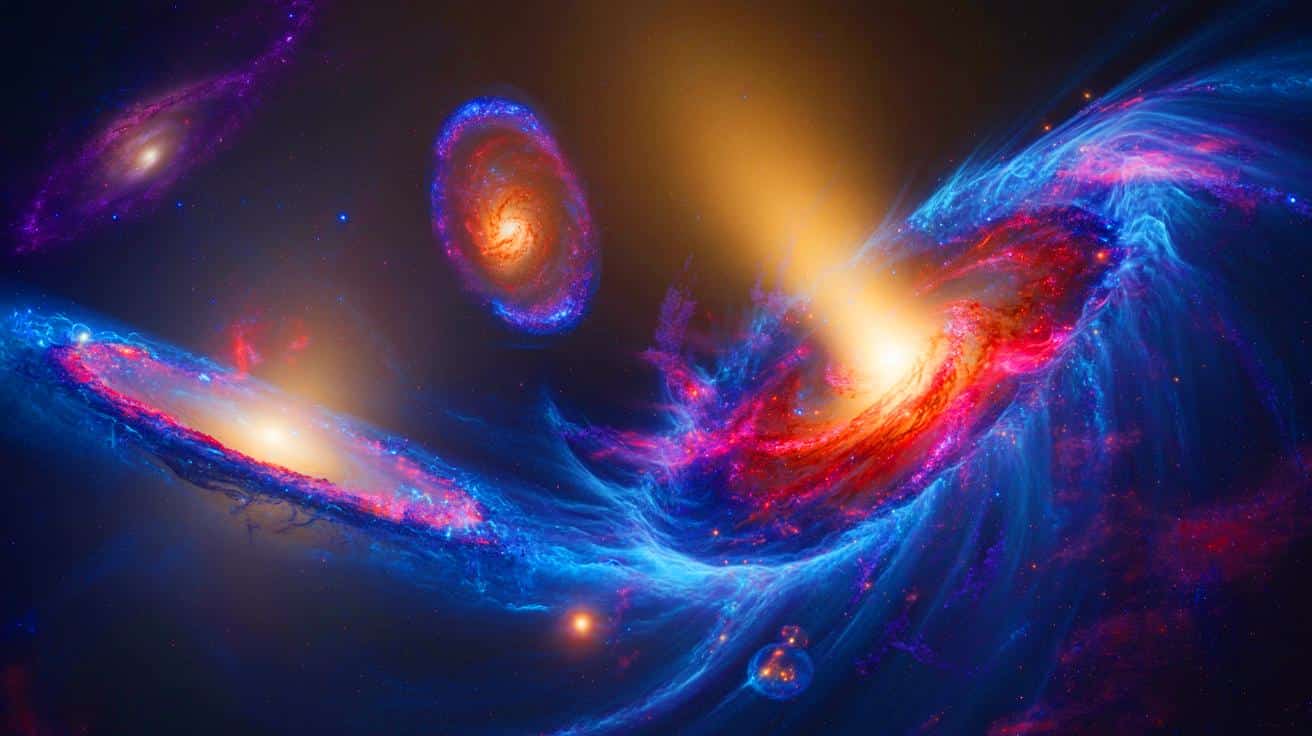Unbelievable Solar Tornadoes: How Sun Storms Could Wreak Havoc on Earth!
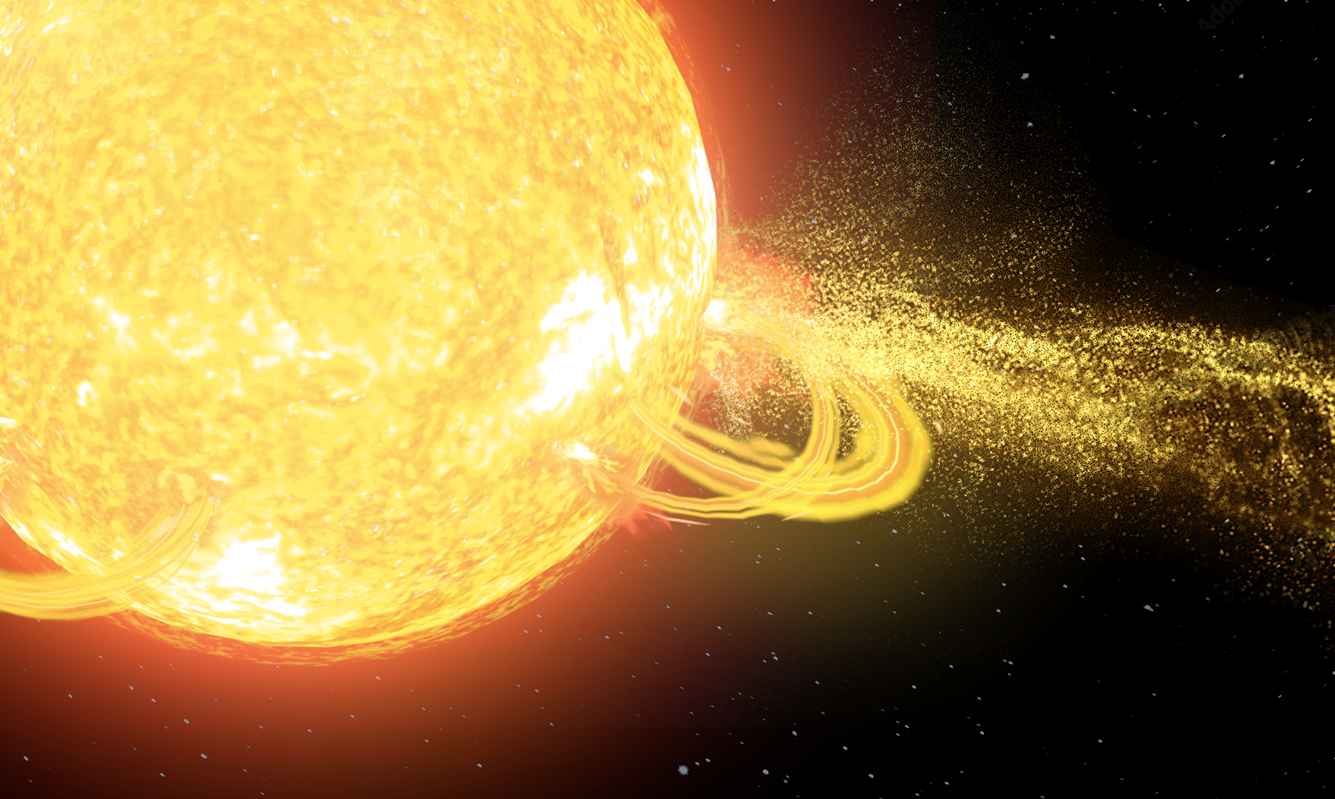
Did you know that the Sun can unleash colossal tornado-like storms that threaten our very way of life? A groundbreaking study from the University of Michigan has unveiled the chaotic and astonishing nature of solar storms, revealing how these atmospheric giants could literally turn our world upside down.
The research dives deep into the heart of coronal mass ejections (CMEs), those fiery blobs of plasma that erupt from the Sun. Imagine these bursts not as simple bubbles but as intricate knots of magnetic flux ropes, twisting and turning across the cosmos, en route to Earth like cosmic whirlpools. These aren't just celestial fireworks; they have the power to disrupt satellites, scramble GPS systems, and even cause blackouts that can cost millions. Just last May, a single geomagnetic storm sent farmers in the Midwest into chaos, as their satellite navigation systems went haywire, costing them thousands in lost operations.
Professor William 'Chip' Manchester and his team used cutting-edge supercomputer simulations to trace the birth and evolution of these solar storms, painting a vivid picture of how they develop and impact our planet. Their findings challenge the conventional view of CMEs as straightforward plasma bubbles and instead reveal a more complex reality that could change how we predict and respond to such events.
One of the study's key revelations is the behavior of these magnetic knots. When they align just right during a solar storm, they can create an entryway for energy to flood into Earth's magnetosphere. The results? Beautiful auroras or devastating spikes in the electricity grid. Unfortunately, many of these hidden structures form far from the Sun, making them invisible to our current detection methods.
To combat this blind spot, Manchester and his colleagues propose a revolutionary new spacecraft system called the Space Weather Investigation Frontier (SWIFT). Imagine four satellites flying in a pyramid formation, simultaneously monitoring the magnetic fields and plasma as CMEs traverse space, providing us with a three-dimensional understanding of these solar storms. This innovative approach could give us warnings up to 40% sooner than our existing systems, potentially saving lives and resources.
Understanding these solar tornadoes is not just for scientists; it’s crucial for our high-tech world. As our reliance on technology grows, so does our vulnerability to solar disruptions. Whether it’s a power grid, airplane navigation, or even GPS signals, the implications are enormous. This research shifts space weather science into a new era of precision, paving the way for faster, more accurate predictions that could help safeguard billions in assets. The next time you gaze at a stunning aurora, remember that beneath that beauty lies a complex and chaotic storm that could reshape our daily lives.











